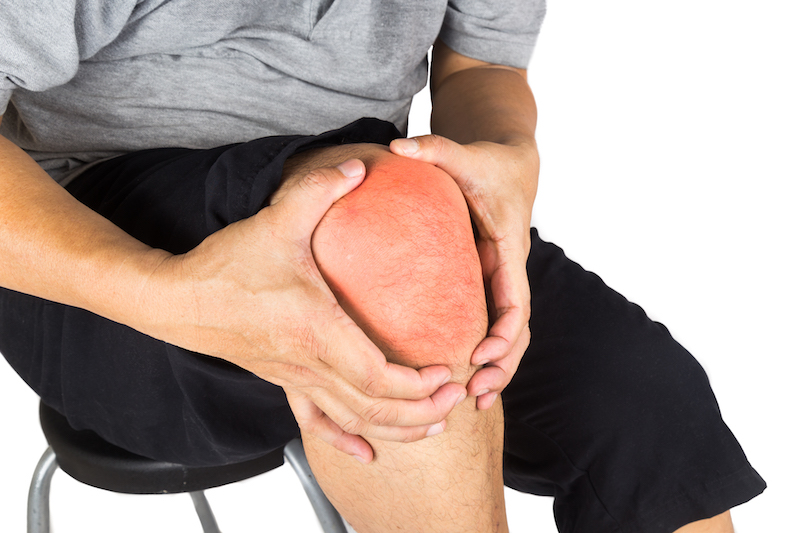If you’re currently dealing with knee pain, you may find yourself in a difficult predicament. Sometimes you need some guidance from a knee pain specialist in Hanford. If so, this article and a visit with one of our physical therapists can help.
The best—and worst—types of physical activity for your knee pain
You probably want to continue doing the things you love, but when you do, your pain holds you back, and you might be concerned that you’re damaging it even more when you exercise. This situation is common, but as physical therapists, we can assure you that staying active is still very possible and strongly encouraged.
Knee pain is actually the second most common musculoskeletal condition in the general population behind back pain, and its prevalence is increasing as a result of the obesity epidemic and our aging population. Some cases of knee pain develop over time and are classified as overuse injuries, such as runner’s knee and iliotibial band syndrome. In others, though, knee pain results from traumatic injuries sustained in sports, usually as the result of a sudden change in direction or quick weight shift. This can lead to a tear of the meniscus, ACL or some other soft tissue within the knee.
But whatever the cause of the knee pain, it doesn’t have to put an end to your participation in physical activity. All it means is you’ll need to switch to exercises that have less of an impact on your knees while still working out the rest of your body. In turn, strengthening the muscles around the knee joints will protect you from injury by decreasing the stress and protecting them from normal wear and tear.
So if you’re trying to stay active while rehabilitating your painful knee, this list should serve as a great starting point for you:
- Swimming: any type of water activity, including swimming, is ideal for the knees since it’s low impact; however, the butterfly stroke should be avoided
- Brisk walking/biking/elliptical machine: the elliptical is a great alternative to jogging, while brisk walking and biking are always smart low-impact option
- Yoga/Pilates/Tai Chi: if you’re able to get a personal class, tell your instructor about your knee pain, and they’ll be able to personalize your program for you
- Stretching: the hamstring stretch, quadriceps stretch and iliotibial band stretch all target muscles in your thigh that help stabilize the knees
- Wear a brace: you should also consider wearing a quality knee brace while performing these activities, which is designed to protect an injured knee and ensure the knee moves in a controlled manner without being constricted; consult with a doctor or physical therapist for help picking out a brace
- Use insoles: cushioned insoles are also helpful in shoes to reduce stress on knees
- Avoid: any high-impact exercise or any physical activity that involves sudden stops, starts, pivots or jumps and landings, including jogging, basketball, tennis, soccer, football and racquetball; these activities can make knee pain worse
Physical activity is just one part of the equation, and a comprehensive physical therapy program is also needed to properly rehabilitate most knee conditions. This is why we strongly recommend giving us a call to set up a consultation that will determine the best path forward for you based on your situation and personal goals.

